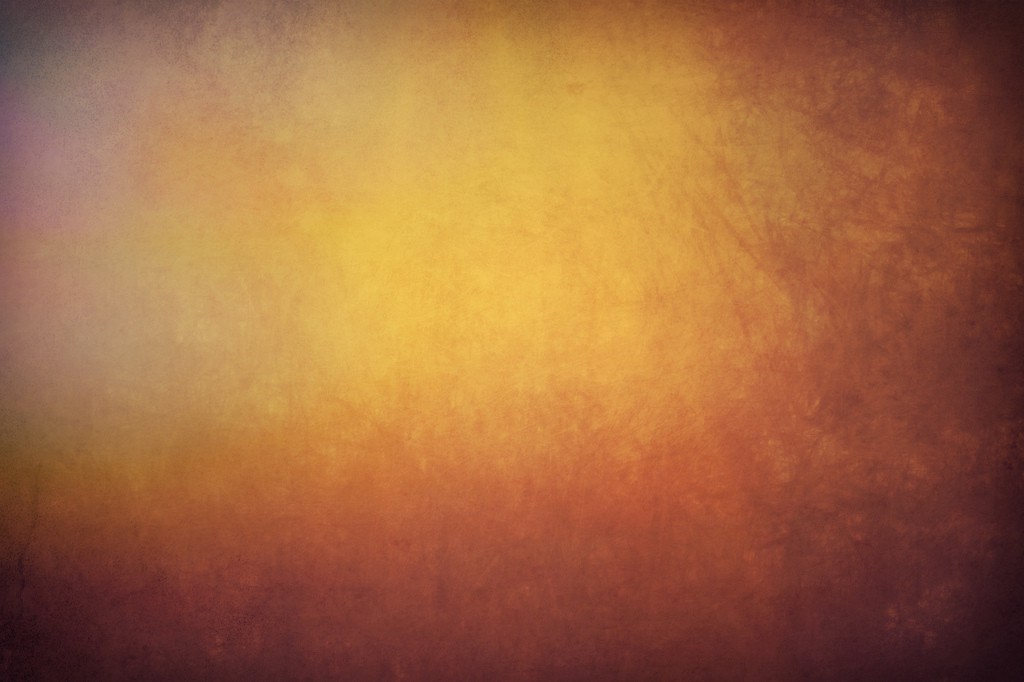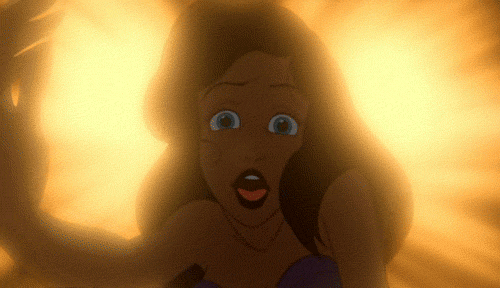In Pursuit of the ‘Glow’
by Amanda Glickman

Money buys my happiness right now, because nothing makes me happier than health and beauty products. And though money is tight and often illusive, I like ingesting my money in the form of zinc pills and probiotic pills and kale, avocados and walnuts. These things make my skin look slightly better. I also like wearing my money on top of my skin and lips, in the form of creams, serums and lipsticks. These things make me feel slightly better. The health things are for beauty, and the beauty things are for health. And a vicious cycle happens where I spend the money to look slash feel good, and then feel shitty about spending money on such things, so I buy more things to feel better.
What’s to blame for my behavior? I want to blame something outside of myself, something bigger. Let’s blame society, because I’m just a product of it. Let’s blame the beauty industry, one of the only industries to actually triple in size after the recession. Because women who felt shitty about having less money found solace in giving an outward appearance of inner peace. Let’s also blame the shift in the ’70s that took us from a medicalized culture with the black and white poles of unwell or well to a biomedicalized culture focused more on the risks we could and should be preventing always, with rituals to buy and practice like religion.
There is a lot to blame. There is a reason the drugstores have separate networks of aisles for one compound genre of products that is Health and Beauty. Why the two together? Health, when thought of in a flash, conjures up a juicy grapefruit from the supermarket. But with the biomedicalized culture we live in, health is something to be constantly maintaining, and your beauty is in direct correlation to how healthy you keep your insides and outsides. Beauty is the reward for well-maintained health. The magazines and internet say that the goal is to get gorgeous from the inside-out, cleaning the gut and clearing the pores. Prevent prevent prevent, but from what? From dirt, grime, dullness, indigestion, flora imbalance, hormonal imbalance, wrinkles, acne, etcetera. What outer holy grail are we trying to reach? The Health and Beauty industry has coined it “The Glow.”

The Glow used to be a term we reserved for pregnant women. A few years back, Jergens introduced a body lotion with gradual self tanner in it, and called it Natural Glow. So Glow became synonymous with an orangey tan. Today, every company is now touting the effects of their products as “GLOWING.” Glow is now something indescribable, a look of soft-lit health and vitality, the way a young French model looks in The Magic Hour. I submit to the companies, the reviews, the promise of Glow because my imbibed media outlets have primed me to perk up to the word and the concept of Glow. It’s the buzziest word of all recent time.
There is a science to Glow, and different ways to achieve it. Inner glow means green leafy things and increased blood flow from yoga class or sexual activity. The people trying to achieve The Glow from inside are doing everything they can; they’re the people loading up on kale smoothies and omega-3s and witchy powders to sprinkle into the kale smoothies and they are also going to yoga and putting their strengthened pelvic floors to good use with their partners because they have the time and energy and proper disposition to do so. Inner glow costs major bucks and major commitment. There is glow privilege.
Therefore, outer glow is the answer for those who don’t have the resources to procure leafy green smoothies and/or yoga classes and/or presumed good sex on the regular. Outer glow comes in a bottle or jar, and is simply applied in the form of serums and lotions and powders. Some are products with added ingredients promising to make you glow: acids that slough off dead skin, making way for new baby-like layers. Some are just thin veils of shimmer that are meant to be applied and mimic the effects of the green stuff yoga and sex: they’re called Illuminizers. Except I’ve never turned glittery after sex or a spinach salad, but it’s a nice idea. But I will try any other skin product if it promises a consequential glowing effect alongside its first intended purpose, like cleanse and glow, tone and glow, moisturize and glow, treat and glow, etcetera. The poor woman’s glow can come from a humid apartment with no air conditioning — the sweat and flush on the face is as real as the kind from the yoga class. Natural glow from sweat. The natural look, on the cheap.
The concept of beauty as known artifice was revered, I’d say, from the ancient Egyptians up until now. Even with the biomedicalization stuff happening in the ’70s, we had the neon eyeshadow and blush stripes and perms of the ’80s, so no one can argue that natural was on-trend. Aerobics, jazzercise, cellulite cream, diet pills, yes. All health-centric rituals to stay beautiful. But the face was the last frontier for health culture to claim. We then saw the brown lips and goth eyeliner of the 90s, and the iridescent glosses and glitters of the early millennium. Until this very moment, the painted look was in, and we worshipped it in its loud artificial glory. But 2015 happened and all the sudden, everyone was expected to shift to “bare-faced,” “fresh-faced,” “no-makeup makeup,” “glow-y skin,” “foundation-free,” “sheer,” “tinted,” “nude,” “natural.” We went to the most radical opposite of painted, and erased it all, save for a smidgen of a smudge of something: liner, lip color, brow color. A spritz of toning water. Done. Which then requires what lies underneath the smudge and spritz to be perfect alone, or the money to get perfect or fake perfect … perfectly.


Which is why I love lipstick. And why lipstick is the last paint-like makeup to survive the glow-y bare movement of 2015. Lipstick distracts from the fact that my face is dotted with zits, a mix of scars and active bumps always along the sides of my cheeks and occasionally along my jaw and chin. It is “adult” acne because, according to the internet, I’ve outgrown the T-zone acne of adolescence, and moved onto post-teen hormonal shifts that express themselves in the cheeks and jaw and chin. I am textbook. And I refuse to cover it, I’ve been perpetually scared of foundation and concealer from my mother pointing out all the unfortunately made-up women in the mall when I was a little girl. “It’s like she’s wearing a MASK, do you see that line?!” My mom has had luminous, clear, caramel-toned skin her whole life. She wears nothing but vaseline on her lips and some drugstore blush in the winter if she looks sallow. I will never feel comfortable applying any skin makeup, no matter how well it manages to hide my damage. I’d rather wear my scars and acneic moments than wear something my mother thinks is a mask. I’d rather just swipe on a coat of Yves Saint Laurent Le Orange and attract all the attention to my lips, the lips that a boy in middle school once referred to as DSLs.
“Like the cable modem?” I asked a friend.
“No, like Dick Sucking Lips,” she explained. I cried then, I laugh now. People pay for these lips, just like I pay for a dermatologist to give me prescription cream for my zits when I have enough money to go back for an uninsured refill. Good skin and the appearance of health correlates directly to my bank account. Lipstick, however, is cheaper and lasts forever. I’ve never worn down a single tube.
Lipstick fanaticism is something that’s come after the early millennium’s overuse of heavy gloss, sticky and fruity scented and reminiscent of my entire childhood. Lipstick is a throwback to proper womanhood, it’s a signifier of a fourth wave of feminism that, like the third wave, says “girl power,” but adds in “grown woman power” too — a bold opaque maturity in solidarity with the glossiness of feminine youth.
The first time I ever got in trouble at school was in kindergarten, passing a Lip Smacker lip gloss back and forth all day with my still-best friend Val. We treated the exchange not unlike a drug deal. We got caught by the teacher and told her that she couldn’t take it away, it had real Sour Skittles flavor! It was edible! She didn’t care, and the gloss was locked away in her desk drawer until the end of the week.
I’ve grown up since then, as has Val, and we both love lipstick and have hoarded many tubes of varying tiers of prices. She rocks a thick dark red every day, whether going to the gym or her job. She worships Gwen Stefani, and despite her giddy fangirlness, it makes her look grown up. But me, I am just starting to use lipstick despite my giant makeup pouch full of them. I never feel like it’s very ME until I spend a day in it, until it rubs off and leaves a sexy stain behind. Then I vow to make it my thing. If my acne has grown up, my lipstick usage finally seems appropriate. Because I’m an adult. A grown woman, growing bolder. And I can glow through the polka-dotted sides of my face. People look at you head-on anyway.
And once you talk and your lips start moving, you hope the words are more of a focal point than the face and the lips altogether, but you know that it’s not always the case because you’re a woman in a world that tells you that you are your health and your beauty. And there’s nowhere to escape to, not Montana or Antarctica or a colony on the moon. The blogs and stores and runways and magazines have made a comfy home in your subconsciousness and wherever you go, there you are. You are your health and your beauty and, of course, your money.
Amanda Glickman lives and writes on Long Island. Check her out at amandaglickman.tumblr.com
Photo: Elné
Support The Billfold
The Billfold continues to exist thanks to support from our readers. Help us continue to do our work by making a monthly pledge on Patreon or a one-time-only contribution through PayPal.
Comments